Today was supposed to be a lazy Saturday afternoon with no clear plans for me in Florence – just a day to do some laundry, food shopping, and maybe a walk while the weather was holding. But then I started to hear drums and trumpets outside my window on the Piazza Santa Croce, and a quick look outside showed a large group of musicians and flag bearers in Renaissance costumes and a large gaggle of tourists already swarming the piazza to take pictures and shoot videos. This is what is great about Florence: something exciting and visually stunning is always around the corner even if you do not expect it.

Parade in front of the Basilica di Santa Croce
Once I joined the group of onlookers on the piazza, I figured out that RAI – Italy’s National Broadcasting Company – was shooting a segment about Florence’s Calcio Storico, also called Historical Soccer (see previous post for more details). The games in summer usually start with a parade of musicians and more in Renaissance costume through town. The matches take place on the Piazza Santa Croce, and one of the calcio teams was actually on hand for the filming as well today. The white team from the Santo Spirito neighborhood of Florence was posing for the TV crew and tourists (especially groups of young women) on the steps leading up to the Basilica di Santa Croce.

The White Team from Santo Spirito

Participants of the Parade Posing in front of the Basilica di Santa Croce
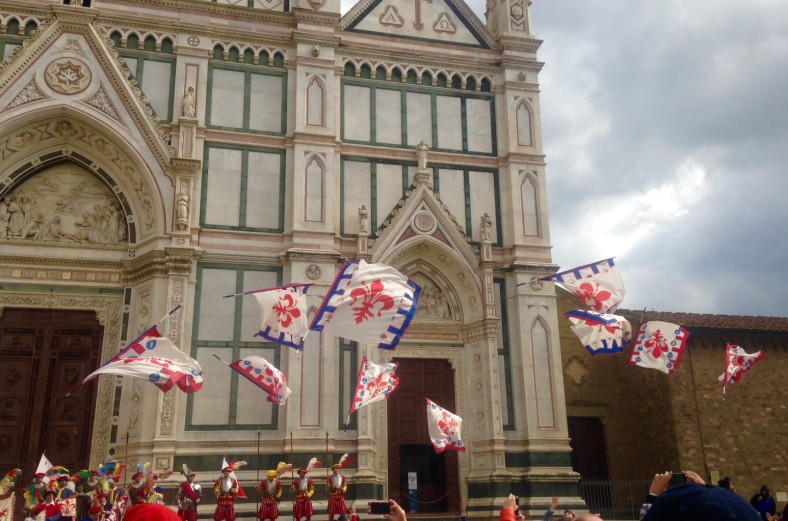
Flags Thrown into the Air during a Performance
Since filming always takes a while and different shots need to be set up, the participants spent minutes at a time just standing around and unintentionally acting as perfect photo opportunities for tourists. Since this event was unannounced as far as I could figure out, the crowd was still relatively thin, and I had a chance to take plenty of close-ups that I would not be able to take during a parade before a match.
I loved the colorful costumes and flags in front of the white facade of the basilica, and the drums and cheers of the group still followed me as I crossed the river for a walk into the hills overlooking the city center.
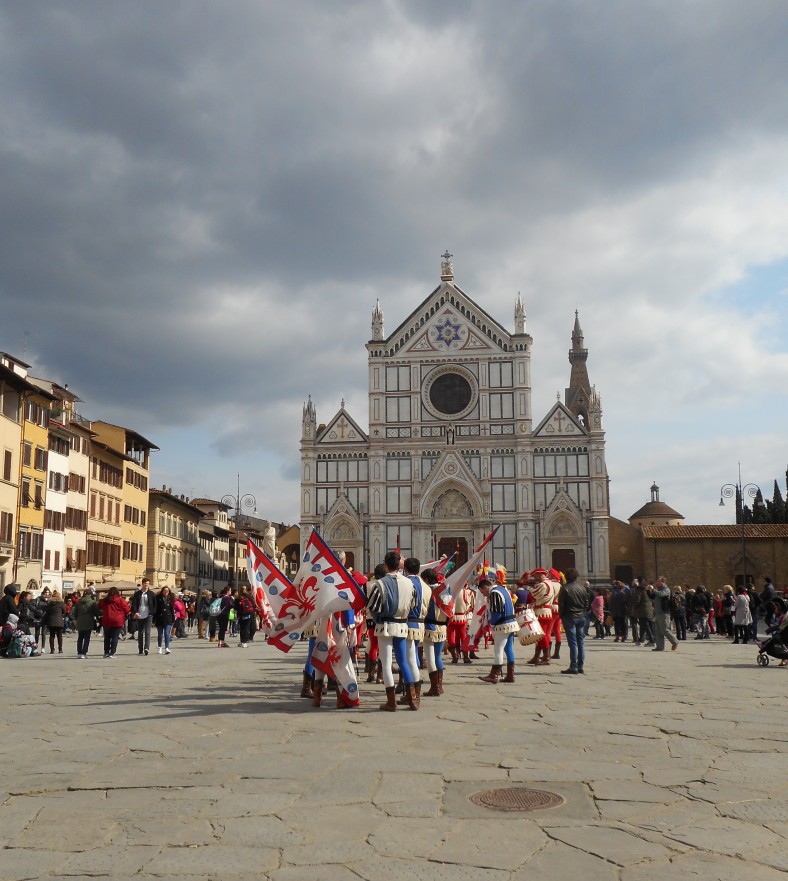
Basilica di Santa Croce and Renaissance Parade

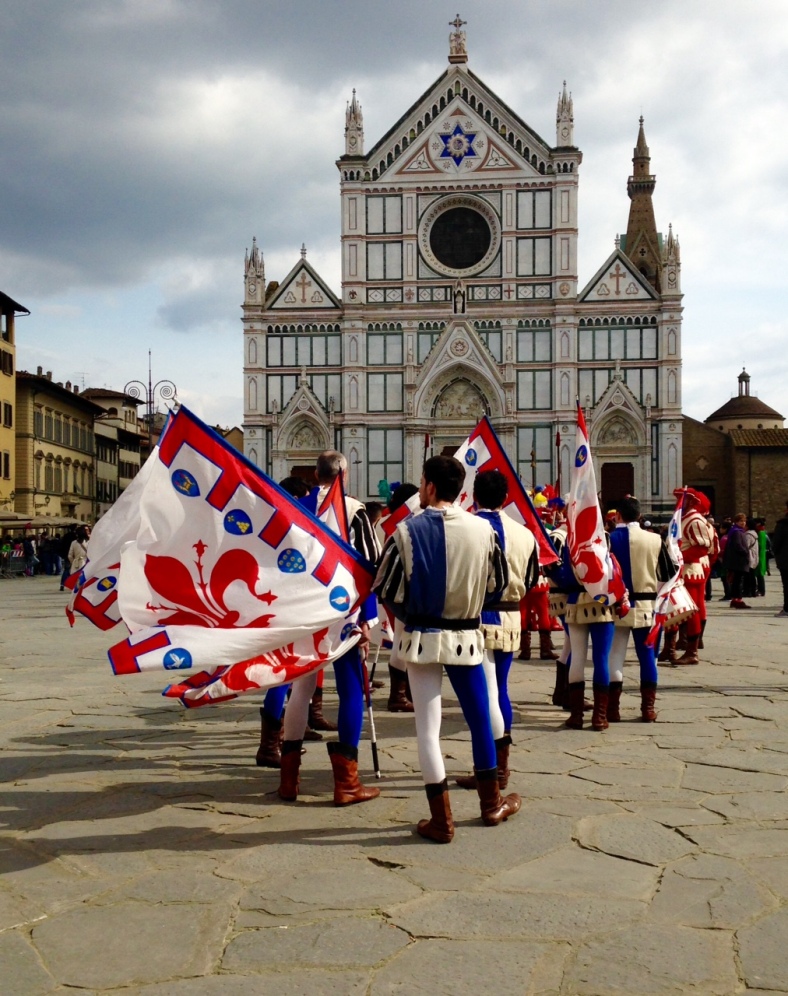



















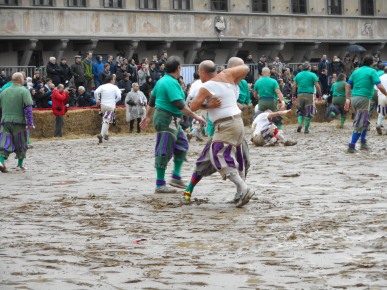















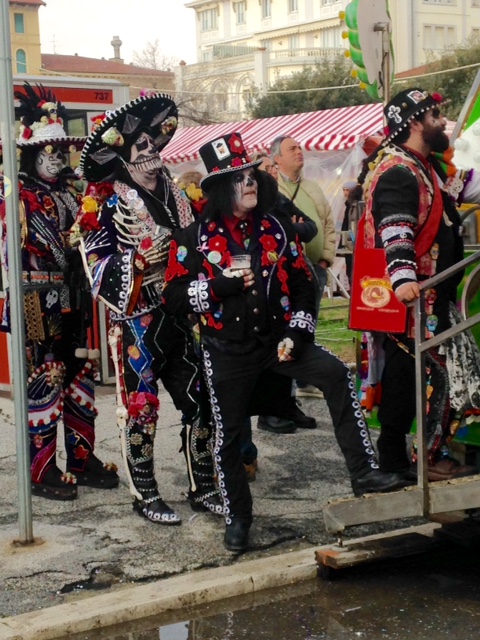







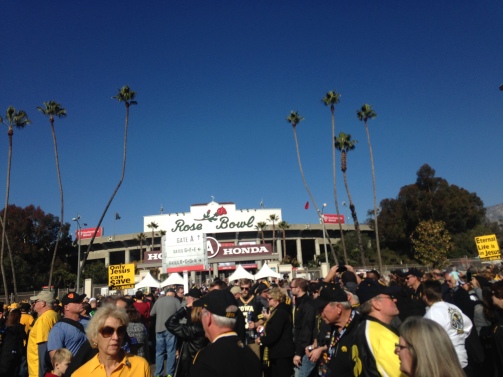














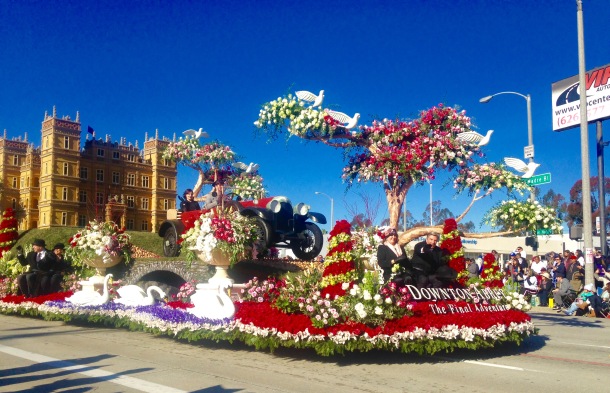













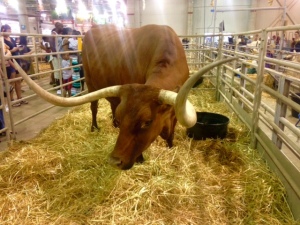

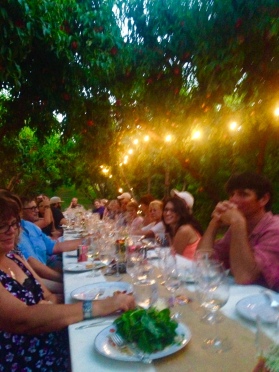


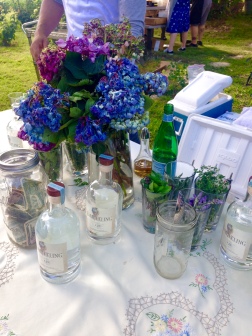
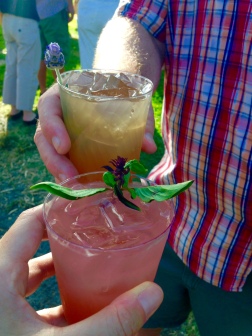
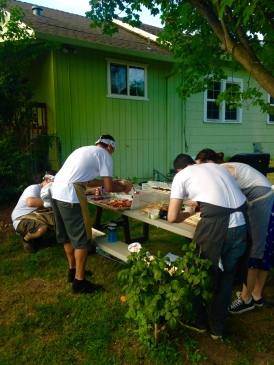
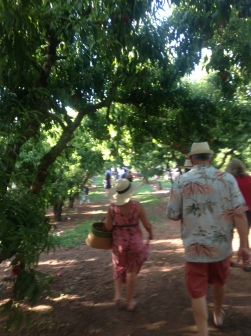
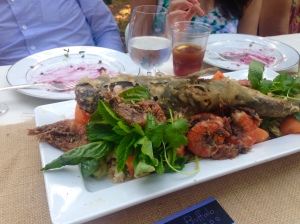
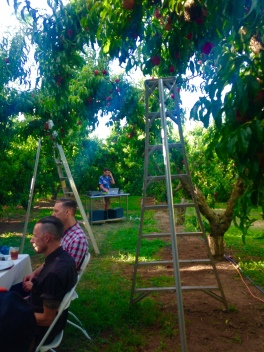

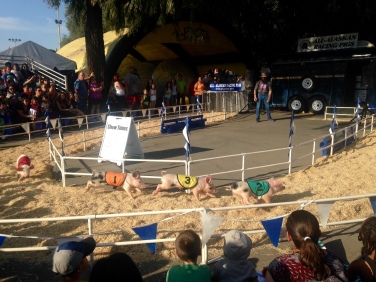
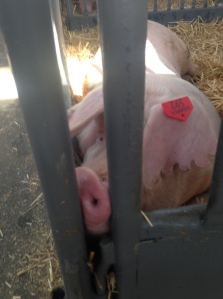


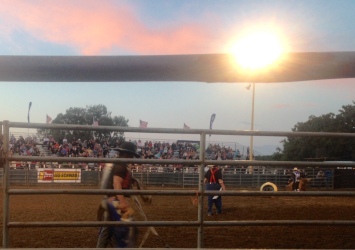
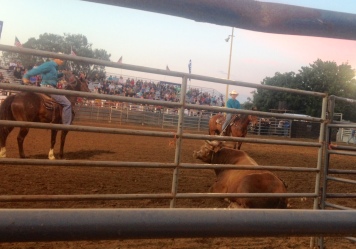
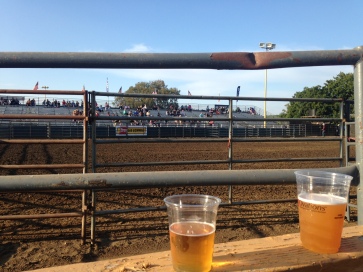
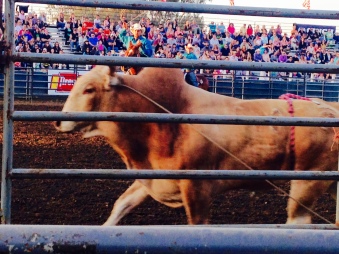









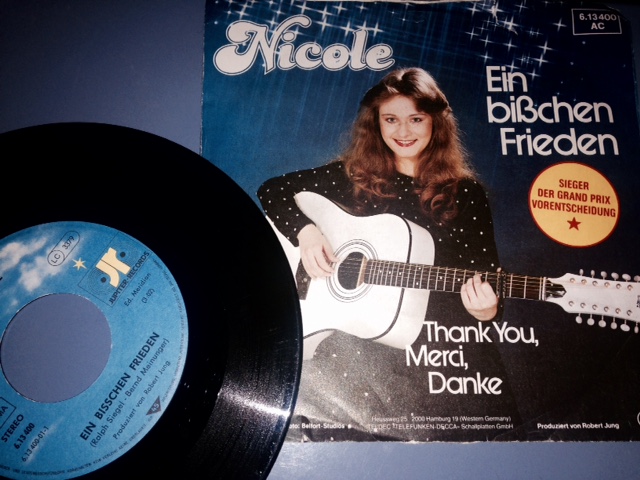
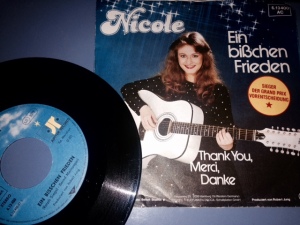
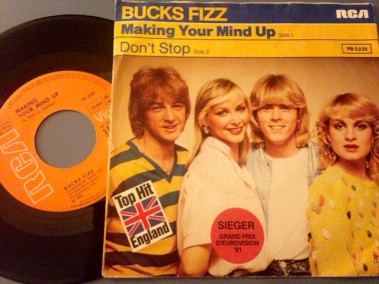



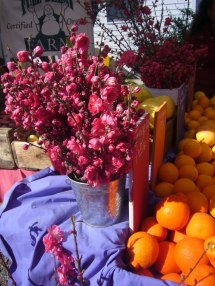



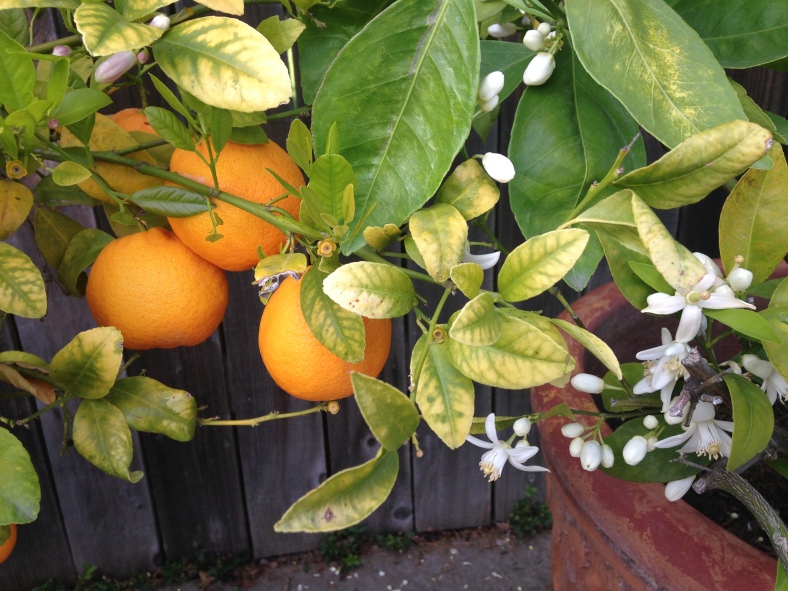
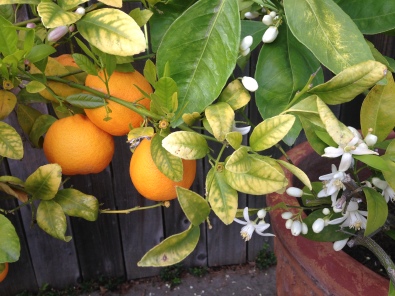




You must be logged in to post a comment.